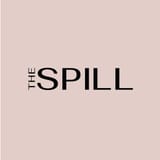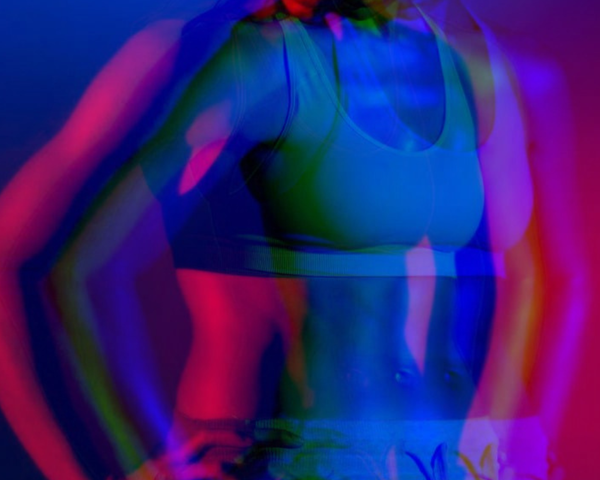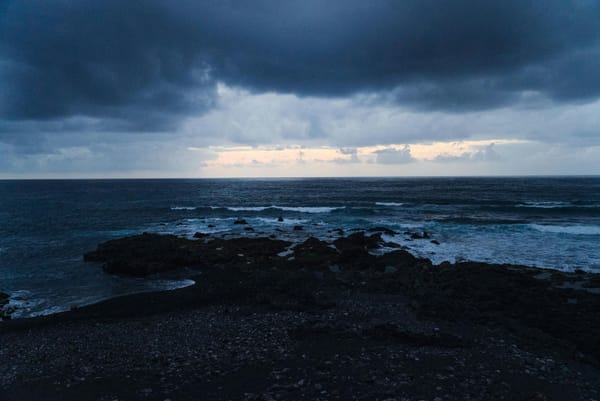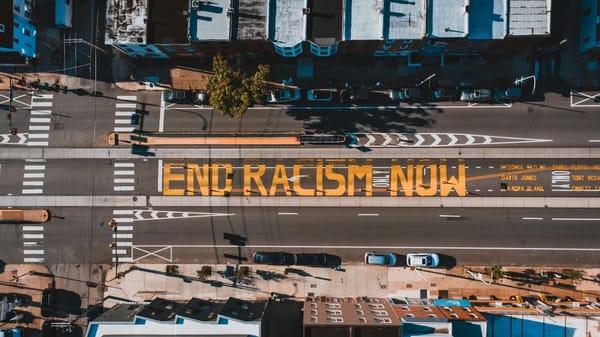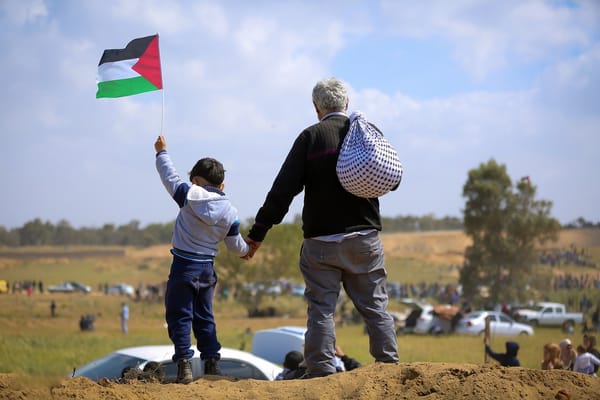The Art of Drag: Finding Spaces for Change and Growth
You don't need to look perfect on your first try.
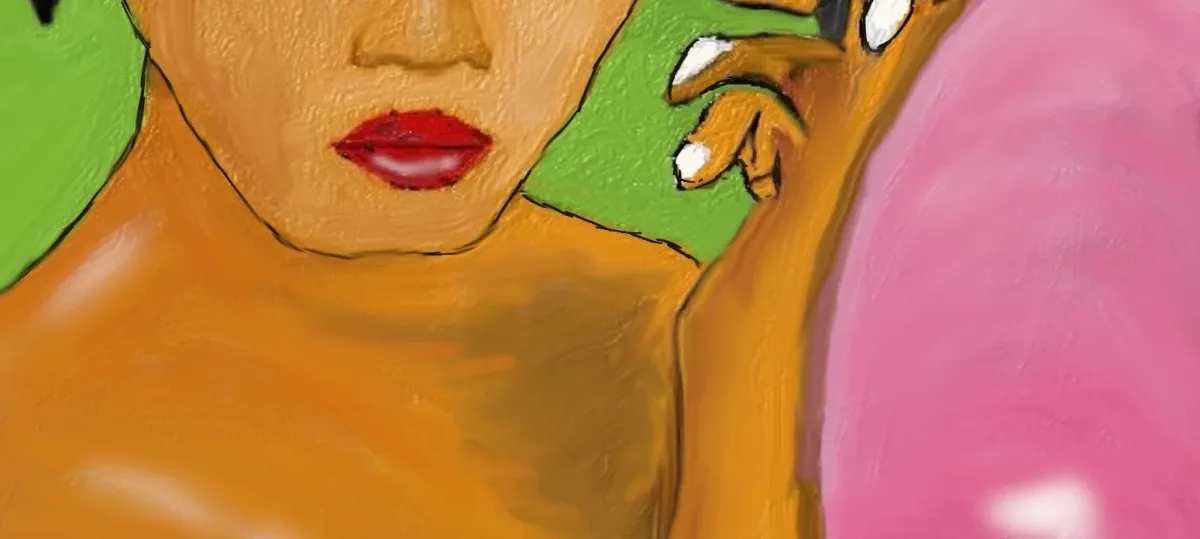
Access the Audio Read version of this article directly on Spotify for Podcasters.
“The whole point of drag is finding spaces where you can change and grow.”
Ever tried. Ever failed. No matter. Try again. Fail again. Fail better (Samuel Beckett). This famous line comes from one of Beckett’s final novellas, Worstward, Ho! The legacy and spirit of Beckett was and is still everywhere at the University of Reading , where I studied for my degree in film and theatre (after one eventful workshop of Endgame, we even thought one of the theatres might have been haunted). Everyone used to think that the quote was depressing when they first read it, that it meant failure was inevitable when really it’s about getting back up and learning from failure and trying again.
My first experience in drag was, in a way, a failure. I went as Ursula to a Halloween party once; everyone I knew who was going wanted to do Disney villain costumes, and she was the closest I could come to going as Divine. It didn’t go as well as I’d hoped. The weather was bad so I had to wear layers that didn’t match the look, the colours on my face looked weak and inconsistent, and my eyebrows didn’t disappear in the way that I’d hoped they would.

I’d practiced the makeup a couple of times the week before Halloween, and it looked better then. Sometimes, the dry run would look better than the real thing, and that’s fine, you don’t need to look perfect, or beat for the Gods, as RuPaul’s Drag Race judges like to say, your first few times in drag – I know that I didn’t look perfect then, and may not look perfect the next time. But I know that it’ll be better. I worked out what caused the problem with my eyebrows, and the patchiness of my face, so there’s room to change and improve.
The whole point of drag is that it’s about finding spaces where you can change and grow. Drag often gets seen as ‘second identity’ – after all, you create a new name, embody a character, even if your normal self is at the core of it. And that identity, just like the one you carry with you out of drag, will fluctuate and be presented to the world in all sorts of different ways as you find your best fit. And, this is fine too. No one really expects you to emerge from your bedroom with a masterfully painted face, and a perfectly defined new version of yourself the moment you draw on your new eyebrows.
I was in two minds about going to that party dressed as Ursula; part of me didn’t want to go out at all. It was raining and I attempted to fix my makeup twice already, with little success. But the work had been done; I’d put on my face, or a version of it, and I’d pinned the tentacles that I made onto the middle of my cheap black maxi dress. I was in the living room of my flat watching Canada’s Drag Race, while making the tentacles – cutting long triangles out of black and purple fabric, hot gluing them together, turning them inside out, then stuffing them.
The polish and perfection of Drag Race – the biggest platform for drag in the world, and impossible not to mention when talking about drag as an art form, especially for me – makes it easy to forget that all these queens went through the same process themselves. My craft was scrappy, under budget, done with nothing but a hot glue gun, and lots of swearing under my breath. I used to draw on things that queens I liked on Drag Race said and did; I joked about my hog body because I had no corset, and kept saying I’m not Cinderella, I don’t have mice to help me make this damn garment (Adore Delano). I adore Adore. Her presence on the show, the way she does a lot with little, and doesn’t think that being unpolished is a bad thing. I’m not surprised that some of this comes through in my own – attempts at – drag.
One of the runway categories I joined in my debut was for the queens to do a glow-up version of their first time in drag. One of them had the same first drag experience as me: Ursula. It was an interesting moment of resonance, not just for seeing someone draw from the same character like me, but to see where these people had begun, and the places they’d gone to since then.
When I went out, people were nice about how I looked, even though some of it was probably to compensate for the fact that I wasn’t happy with the end result. But they complimented my makeup and the way I styled the wig. Drag is a kind of art after all, and even if you’re still finding the courage to put the first pictures of yourself in drag on Instagram, it isn’t the kind of thing that happens in a vacuum. Other people will see your drag, and they will have Things To Say about it. They might be nice, or they might be harsh. Sometimes they’ll be constructive, other times they’ll just be critical.
When I left this outdoor Halloween party that ended on a sour note at the time – everyone got turned out half an hour early by a rude security staff – I accidentally bumped into someone. I’d never seen them before in my life and never will again. I awkwardly walked past that person, raising my hand, my go-to non-verbal way of saying sorry, that was my fault. As I walked away, I heard them say “sorry ma’am, umm sir, hmmm,” and at that moment, it felt like the whole day had been a success, building up to this moment of uncertainty, making me think maybe I can pull this off.
This first foray into drag was something I did, to prove myself that I could, in a way. I’m not a seamstress but I made the tentacles for the dress, I’m not a makeup artist but I worked out how to do my face, how to give it depth using colours from an eyeshadow palette. If failing again means failing better, then it’s the fear of failing for the first time that can be difficult to overcome. And I won’t pretend it’s easy; I never would have done this if I wasn’t going somewhere with a group of people I felt comfortable with. It’s easy for that stranger’s confusion over my gender to turn into something darker and more dangerous: Some of them hate drag queens, trans women, gender queers. They will tell you they want their girls to be girls (Alexander Chee).
One of the things that most define drag is a kind of solidarity, taking the found family that defines so much the queer life, and turning it into the more specific drag family. Every season of Drag Race that I’ve seen has a makeover challenge, and the runway category is Drag Family Values. Often, the people being made-over have never done drag before; they’re thrown into the deep-end – high heels, tucking – and their new drag mothers are there to help them when they fall down practicing for that runway walk. Drag is a process of exploration, of finding the right look, the right name, the right family; and there’s nothing wrong with stumbling on your first few steps, no matter how high your heels are.

